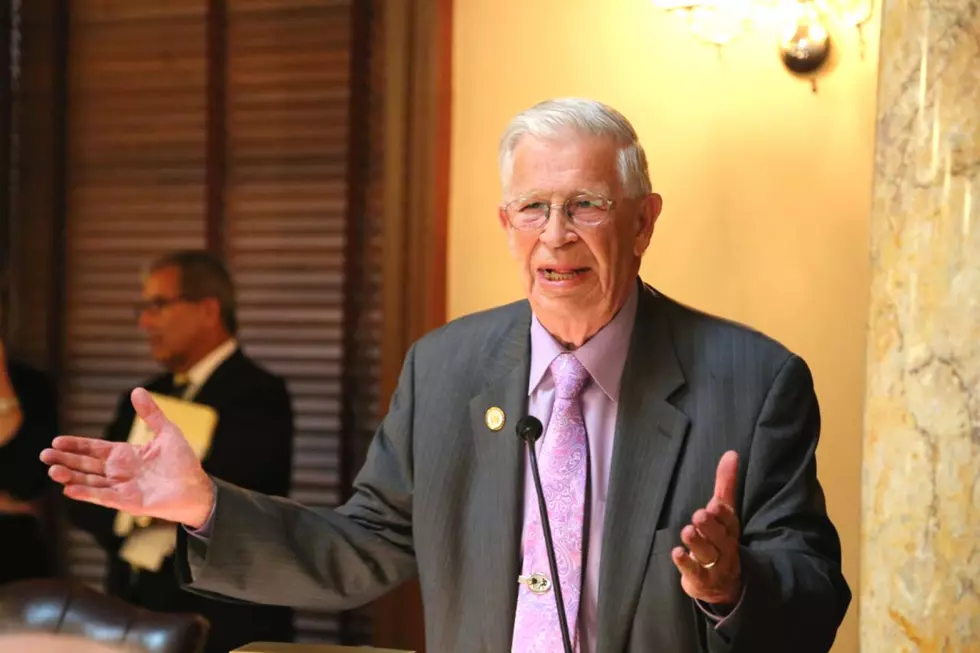
Property tax relief? Lawmakers say NJ’s school aid needs overhaul
State lawmakers are wading with seeming solidarity into a high-stakes conversation about changing New Jersey’s school aid formula, which drives school funding and by extension the nation’s highest property taxes.
Because there’s not a specific change up for debate, the Senate Budget and Appropriations Committee appeared to be mostly in agreement Tuesday: The current situation isn’t working for students or for taxpayers and ought to be changed.
In part, that’s because the 2008 formula isn’t being followed. Some lawmakers want to adjust it but basically return to it. Others want to start from scratch. Education Commissioner David Hespe said the Department of Education hopes to fund it again one day but conceded things right now are unfair.
“Once the formula stops running, districts that rely on the formula for increased enrollments or increases in the special populations funded in the formula, are treated unfairly,” Hespe said.
“They cannot provide the quality education these other districts can without putting their local taxpayers into an almost impossible situation,” he said.
Sen. Jennifer Beck, R-Monmouth, said the formula needs to be changed to help growing districts that are falling increasingly further behind what the state deems adequate, such as Freehold Borough and Red Bank Regional in her district.
“There’s nothing about this issue that’s partisan. It’s just the reality of us having not run the formula and not being able to afford the generosity of the formula as it currently exists,” Beck said.
The formula, adopted under Gov. Jon Corzine, takes into account changes in enrollment and property wealth and provides additional funding for populations needing extra attention, such as low-income families and students for whom English isn’t their primary language.
It was only followed once. It was abandoned when the Great Recession wreaked havoc on state finances, and it hasn’t been returned to since. It was run this year as a way to allocate the extra $36.5 million in formula aid added to the budget plan – but fully funding the formula would have required an extra $864 million, Hespe said.
“If you’re only going to do it for a year, maybe,” Hespe said of skipping the formula. “But we’re not doing it for a year. We’re doing it over and over again. And that’s why over years, the unfairness and inequities build and build and build.”
Adjustment aid is received by 299 of the 581 school districts that receive state aid. Sen. Paul Sarlo, D-Bergen, said some of those districts are spending above adequacy levels, helped by the hold-harmless provisions, and that the state should wind that down over five years – as was envisioned by the school aid formula – and redistribute the funds.
“I don’t think there’s a Republican or a Democrat who disagrees. We have to find some fairness here on this particular issue,” Sarlo said.
“I support the formula, but I really do think we need to take a hard look at how we could generate some more fairness,” Sarlo said.
Not every senator supports tweaking but keeping the funding formula.
“We need a new funding formula that would be significantly fairer and more accountable for those specific areas where you have declining enrollment,” Oroho said.
Sen. Jeff Van Drew, D-Cape May, cautioned that districts benefiting from the current system would protest if the formula is revisited.
“There are many folks, many constituents, many parents of children, who are going to say that they’re losing out now because there’s been a change obviously. And you know there’s going to be a lot of gnashing of teeth and crying,” Van Drew said.
Seven of the 18 school districts in Cape May County receive half or more of their school funding as adjustment aid.
Sen. Samuel Thompson, R-Middlesex, said he tells constituents who tell him the state needs to provide more funding that his Central Jersey district fares the same in getting money back from Trenton as New Jersey does in its return from Washington – well under $1 back for every $1 in taxes paid.
“I tell them the best dollar you pay is your property taxes because you get a dollar’s worth of services in your town for the dollar you pay,” Thompson said.
If the school aid formula was used without the caps in the law, it would cost $2.1 billion more, Hespe said. There have been caps in every New Jersey funding formula, he said.
Christie’s budget also puts $13.4 million toward a new category of aid that will provide each school district with the equivalent of $10 more per student.
The proposed 2017 budget spends $13.4 billion in state funds on education, up 4.2 percent, mostly for making a payment into the teachers’ pension fund. If federal and other funds are included, the Department of Education budget reaches $14.3 billion.
Education’s share of the state budget tops 38 percent in 2017, up from 33 percent in 2008.
More From New Jersey 101.5 FM









